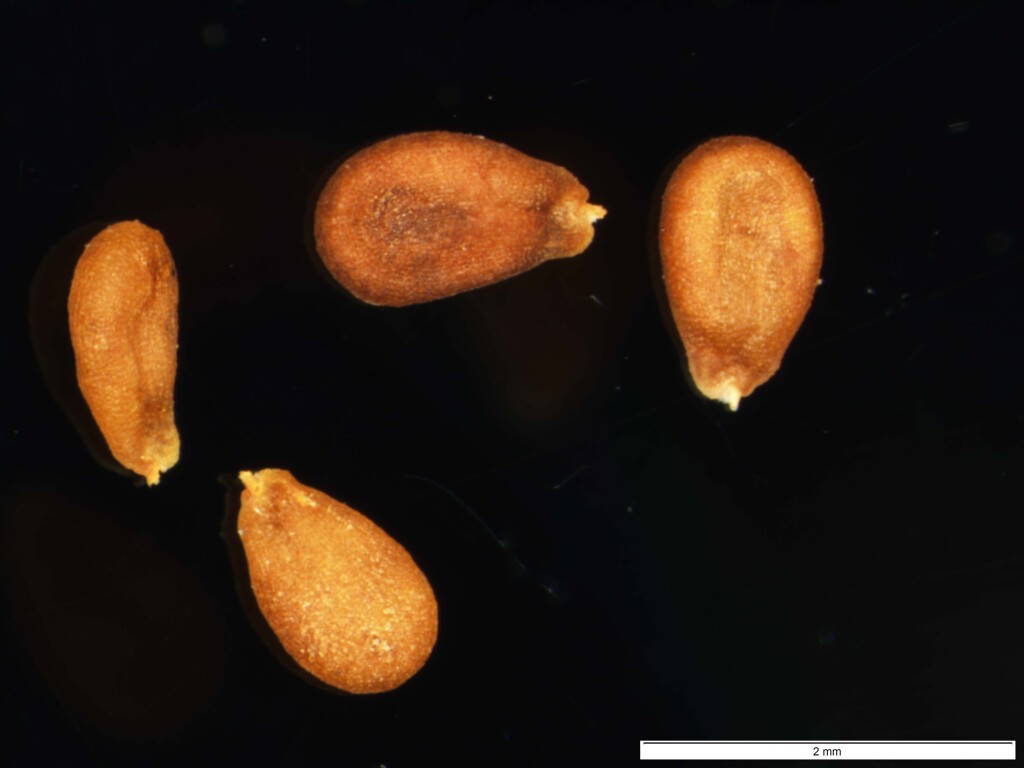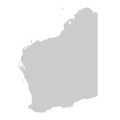Lepidium aschersonii
Spiny PeppercressNeue Denkschr. Schweiz. Naturf. Ges. 41: 310 (1906)
Taxonomic status
Accepted
Occurrence status
Present
Origin
Native
Degree of establishment
Native
Threat status
FFG:
Endangered (EN)
• EPBC:
Vulnerable (VU)




